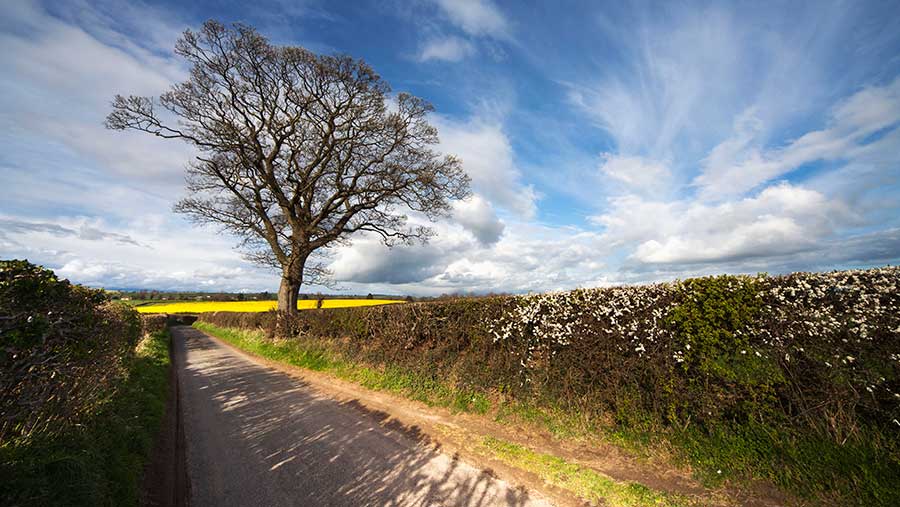Farmers told to get in early with mid-tier applications
 © Design Pics Inc/Rex/Shutterstock
© Design Pics Inc/Rex/Shutterstock Farmers are being asked to apply “as early as possible” for mid-tier Countryside Stewardship, despite the final deadline being nearly three months away.
Natural England has published a checklist to assist farmers looking to apply for a mid-tier agreement with a 1 January 2018 start date.
Although the final deadline for applications is not until 30 September, the document reminds farmers they must have requested an application pack by 31 July.
See also: What the new Countryside Stewardship Scheme can offer farmers
Natural England added that the sooner farmers apply, the greater the opportunity it will have to check for obvious errors, such as unanswered questions or missing signatures.
If time permits, staff can also go back to applicants to ask for any additional information required before the final deadline.
Check maps
The checklist also recommends that farmers confirm their land is correctly registered with the Rural Payments Agency (RPA) before an application pack is requested.
This involves checking the online maps held by the RPA by looking at “View land” on the Rural Payments Service.
This is important as all land parcels where options are to be located must be registered with the RPA, including areas not eligible for the Basic Payment Scheme, such as farmyards.
To register land or request a mapping change, potential applicants will need to submit an RLE1 form to the RPA.
Other tips include:
- Check option compatibility with BPS 2017 land use, as some CS options can be put on permanent grassland only and some on arable land only.
- Review the Historic Environment Farm Environment Record (HEFER), which should arrive within 20 working days of the application pack, and tick the relevant box on the application form to confirm the HEFER has been reviewed.
- Complete a Farm Environment Record map, remembering to include all hedgerow trees and use the correct colour codes for hedges.
- Check all non-rotational options and capital items are marked on the options map and that all options meet any minimum area or length requirements
Attractive payment levels
Farmers are being urged to take a second look at the mid-tier scheme as it offers the potential to secure significantly higher payments than were available under the old Entry Level Stewardship (ELS) scheme and can bring management benefits.
Robert Gazely, farm consultant with Strutt & Parker, said some ELS options – such as the farm environment record and ditch management – were not available under CSS.
However, other ELS options – such as buffer strips – could be augmented under CSS to become flower-rich margins, which would secure a higher level of payment.
“Under additional CSS options, winter bird food (AB9) can then be coupled together with supplementary winter feeding (AB12) for farmland birds and this may well have synergies if there is a shoot on the land,” he added.
“A two-year sown legume fallow (AB15) is also an effective option where there are challenges with growing break crops, as well as controlling blackgrass.”
Mr Gazely said one business he was working with, which had received £16,000/year in ELS revenue, was hoping to boost this to £22,600/year under CSS by adding in the additional options.
ELS revenue was a whole-farm payment of £30/ha/year and CSS options were different as they are individually remunerated.
“However, if we divide the projected CSS revenue by the whole farm area, this works out at £41/ha/year, which is 38% higher than the £30/ha/year payment offered through ELS.
“I have seen other examples where the whole-farm equivalent value of CSS is far higher than £41/ha.”
Mr Gazely said that the level of commitment and mix of management options that the agreement holder was willing to implement would determine how lucrative a CSS agreement might be.
It was also vital to look at how impending changes to Ecological Focus Areas might affect the business if the farm were entered into CSS.
